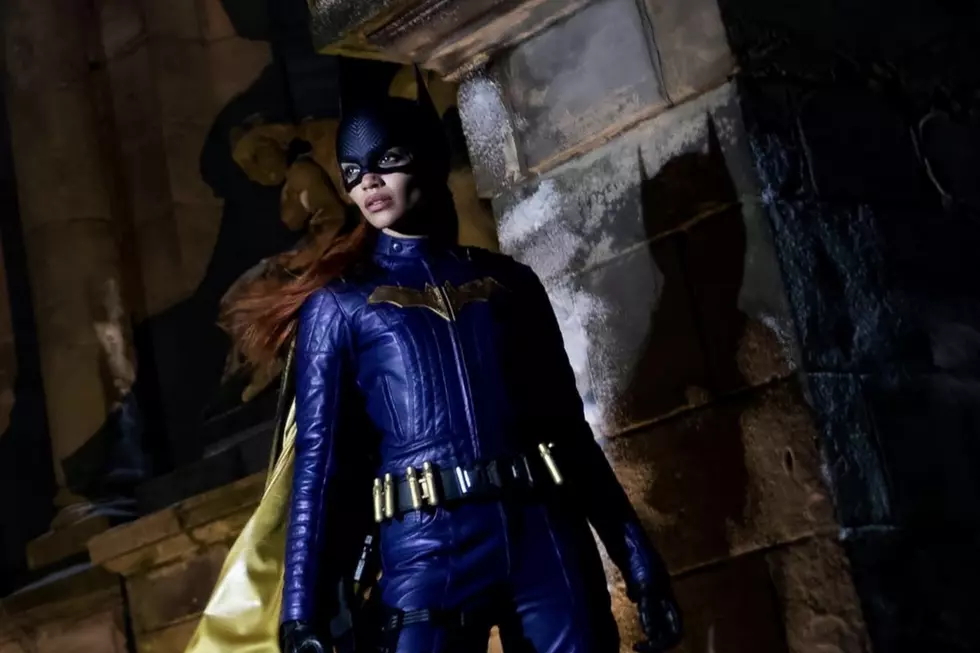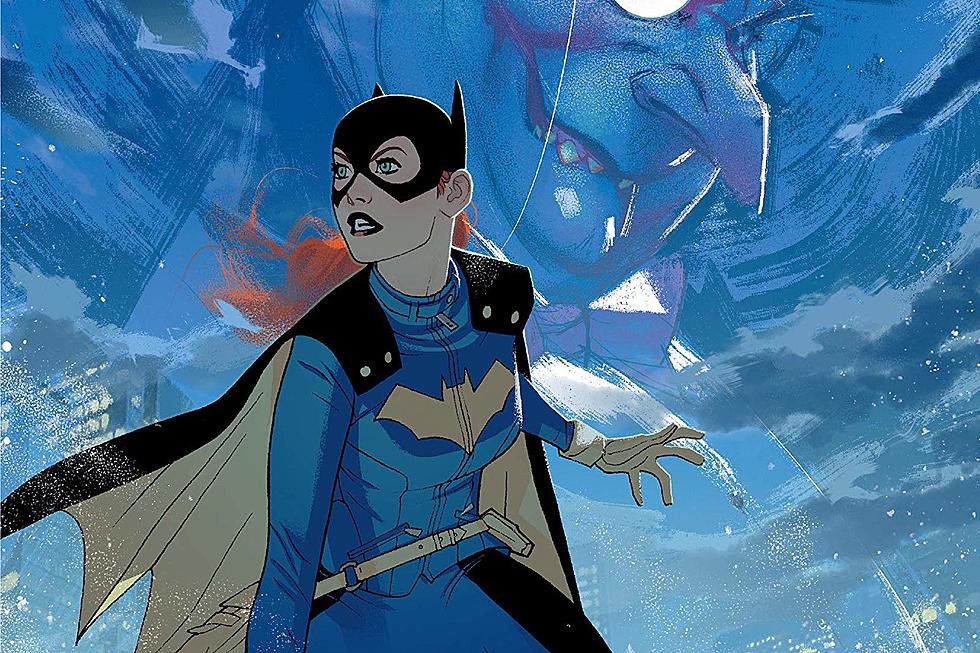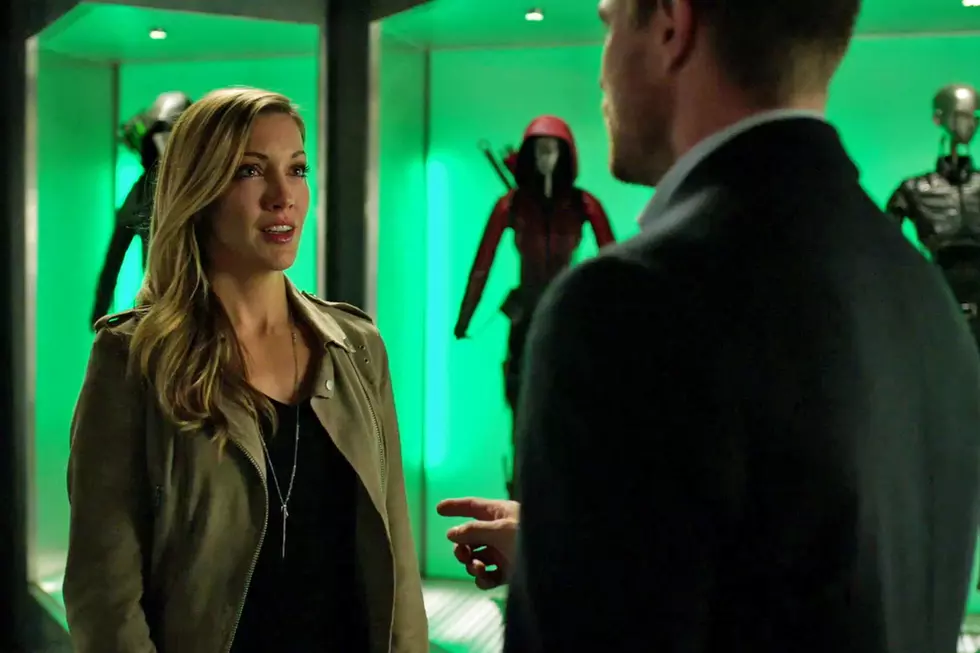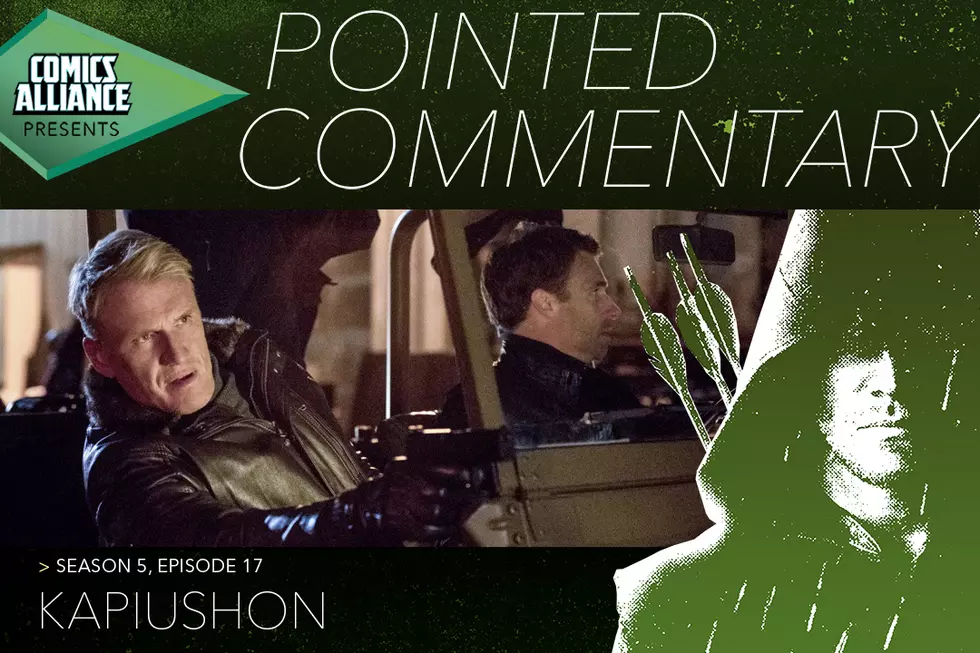![We Can Be Heroes: How To Reconcile Superhero Tech With The Realities Of Disability [Sci-Fi Week]](http://townsquare.media/site/622/files/2016/09/Batgirl.png?w=980&q=75)
We Can Be Heroes: How To Reconcile Superhero Tech With The Realities Of Disability [Sci-Fi Week]
Superhero comic books and shared universes are full of fantastical technology that enable people to fly in suits of armor or even walk down the street on hydraulic stilts. However, the superhero universes still struggle to reconcile the advanced technology of their worlds with the day to day reality of people living with disabilities.
The biggest problem that superhero comic books have with how they presents characters with disabilities is in how it seeks to "fix" them. Critic Justin Martin went into detail on the difference between the medical and social models of how society views disability but the short version is that rather than put the onus on the individual to "fix" themselves, society should work harder to be more inclusive and easier to navigate.
To relate it to a personal story, both my parents have cerebral palsy, which affects them in different ways. For my mother, she has limited use of the right side of her body, which means she can’t use her right hand and needs a brace on her right leg to help her walk. Growing up, she always wanted to play video games with me, so we bought an arcade style gamepad often used for fighting games, which she was able to use to some success.
There will never be a magical miracle fix for my mum’s arm, and that’s the case for most people out there. Providing options and providing access is key.
Yet superhero comics continue to treat people with disabilities as something that needs fixing, partly because it’s the nature of superhero comics to present the protagonist with a problem, and the need for a solution becomes the story --- but that premise fails immediately by assuming people with disabilities are a problem and not, well, people.
The prevailing story for characters with disabilities continues to center on how they will fix themselves. David F. Walker and Ivan Reis’ Cyborg (above) featured Victor Stone plagued with guilt at his own status as a disabled man augmented with cybernetics, while millions around the world struggle without his advantages.
This was dangerous and misguided for a number of reasons, not only just because it’s an outdated way to view disability, but because, rather than promoting increased access and inclusivity, it encourages a sort of survivor's guilt for those with access and privilege that others might not have. Two people with similar disabilities might have access to radically different treatments, which gives one a better quality of life than the other; but the first individual should not feel guilty about that access.
The most prominent disabled superhero in comics remains Barbara Gordon, because while she no longer uses a wheelchair, her ability to walk comes from a chip in her spine. During her twenty years as Oracle, the majority of stories were not about "fixing" her, but instead focused on how capable she was, without ignoring her status as a woman with a disability.
One of the highlights of the recent Brenden Fletcher, Cameron Stewart and Babs Tarr run on Batgirl was that it didn’t ignore Barbara Gordon’s status as a disabled woman. Although she made a miraculous recovery through fictional technology, it wasn’t treated as a one time forever fix, and ultimately it was the strength she learned from living as a disabled person in a world catered to able-bodied people that saw her triumph over the final villain Fugue.
Contrast that with the most recent season of Arrow, where Felicity Smoak was struck by a bullet in the mid-season finale and seemingly left for dead as the show took a break for Christmas. When the show returned, Felicity survived, but lost the ability to walk, and began to use a wheelchair.
Her role as Team Arrow’s coordination expert and hacker extraordinaire had already brought comparisons to Barbara Gordon as Oracle, and the show seemed to lean into it with this latest development, with Green Arrow even commenting that the name Oracle was “already taken”. Like Barbara Gordon, Felicity received access to miracle technology --- thanks to future Mister Terrific, Curtis Holt --- but Felicity was immediately able to stand up and walk away.
Her status as a woman with a disability was nothing more than a cheap ploy to shake things up for a few episodes before returning to the status quo. At no real point did Arrow accurately represent the experience of millions of people living with disabilities around the world. Instead it was a mild inconvenience that was thrown aside as soon as the writers developed a new twist in the ongoing relationship between Oliver and Felicity.
The role superhero privilege has when it comes to disability and tech is something that was tackled in only a handful of lines in Jeff Parker and Kev Walker’s Thunderbolts several years ago. When presented with the option to upgrade from traditional prosthetics to cybernetic enhancements, John Walker declined, not wanting to become like the supervillain Nuke, and later referenced army personnel who don't have access to the enhancements a superhero might.
People with disabilities are superheroes; I see it every time I go home for a cup of tea and a chat. Superhero comics and the media at large need to catch up to that fact. Treating disabilities like a burden and a struggle to overcome just makes it harder for people in those situations to see themselves as worthwhile and whole. Instead, showing people living full and rewarding lives can remind people of how achievable that is.
If we work together as a society, anything is possible, and isn’t that the core message of superhero stories?
More From ComicsAlliance









